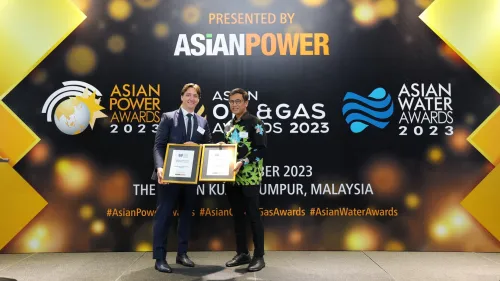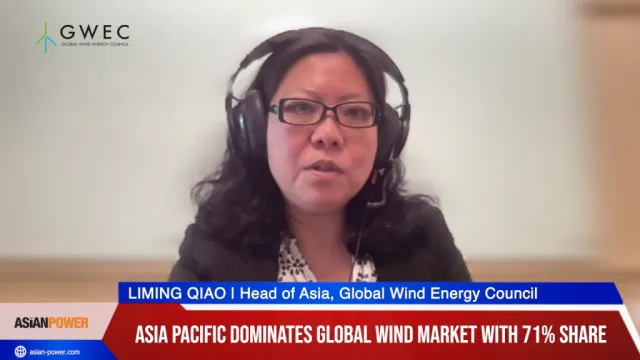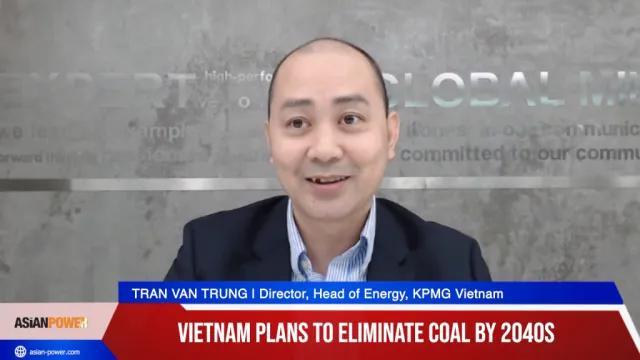
Whitest of white elephants: USD1 trillion could be unnecessarily splurged on new coal-fired plants
Investments are pouring in for 1500 plants, but these are likely to be wasted.
Worldwide, 338 GW of new coal capacity is in construction and 1,086 GW is in various stages of planning—the equivalent of 1,500 coal plants.
The amount of capital potentially wasted on these plants amounts to US$981 billion, or close to one trillion dollars, according to a report from the Sierra Club, Greenpeace and CoalSwarm. Meanwhile, as clean, renewable energy becomes more affordable and more accessible, the amount of capital wasted on these unneeded plants will be one and a half times the amount the International Energy Agency estimates could provide electricity to the 1.2 billion people who need it worldwide.
Here's more from the report:
In 2015, actual consumption of coal to generate electricity declined worldwide, led by a drop of 3.6 percent in China.
Despite the decline in power generation from coal, the global power sector added at least 84 gigawatts (GW) of new coal power capacity in 2015, a 25 percent jump over 2014. Since 2010, 473 GW of coal power capacity has been built globally, of which over 90 percent is in Asia, led by China and India.
Due to falling use of existing coal plants combined with aggressive building of new ones, plant utilization rates have fallen in all major regions, including a 49.4 percent utilization rate in China, the lowest level since 1969. The Chinese government projects that the utilization rate for thermal power will drop to 45.7 percent in 2016.
In China, a shift in permitting from central authorities to provincial authorities led to a tripling of plant approvals in the past year. The Chinese government has clearly recognized the problem and is reportedly moving to order 13 provinces and regions to suspend approvals for new coal plants through 2017, and to order 15 provinces and regions to halt the initiation of new construction.
The large amount of capacity already under construction across the country, or under development in provinces and regions not covered by the new restrictions, means that without further intervention China’s coal power overcapacity will continue ballooning.
View the full report here.



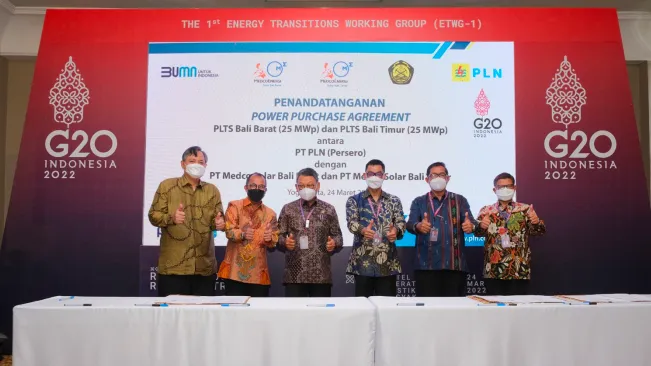





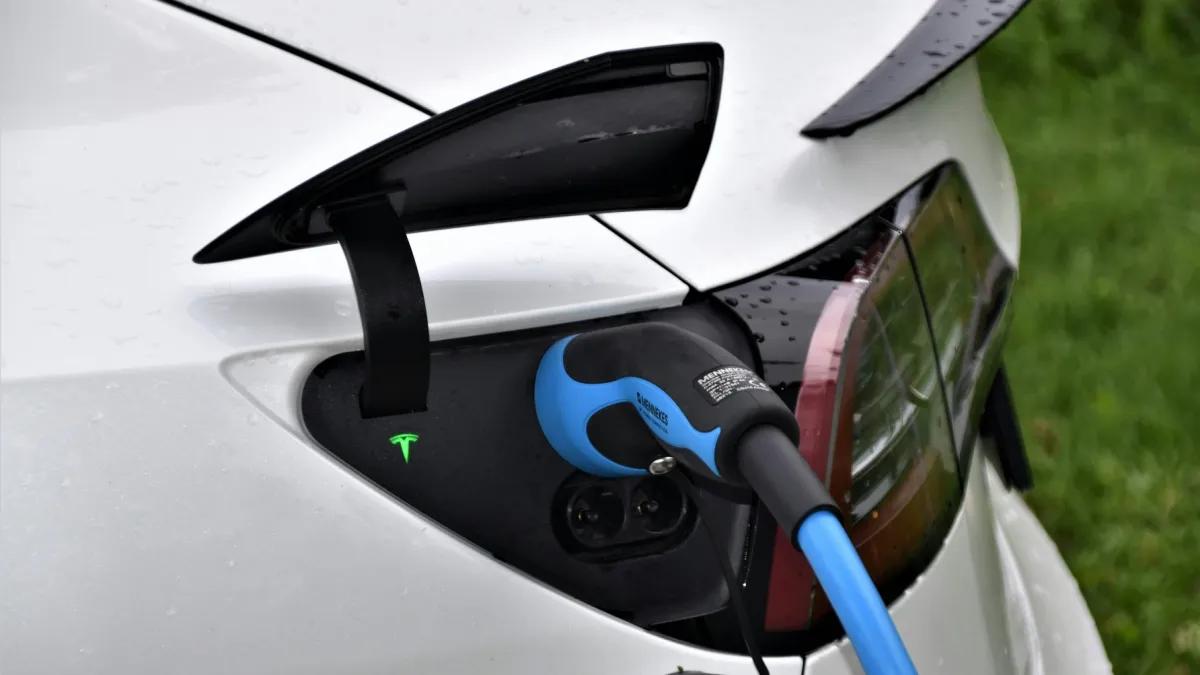



 Advertise
Advertise
